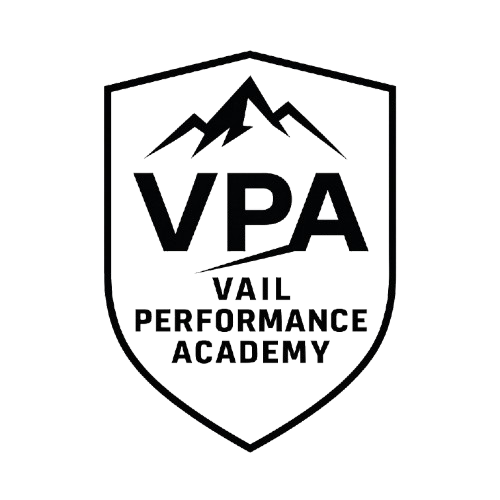Why Are We Still Using 19th-Century Schools?
Igniting Minds: A Guide to Boosting Student Engagement
From 8-Hour School Days to 2-Hour Learning: A Smarter Future for Students
Education Reimagined: The Rise of Non-Traditional Schools
Public schools are failing—discover how Vail Performance Academy reimagines education.
